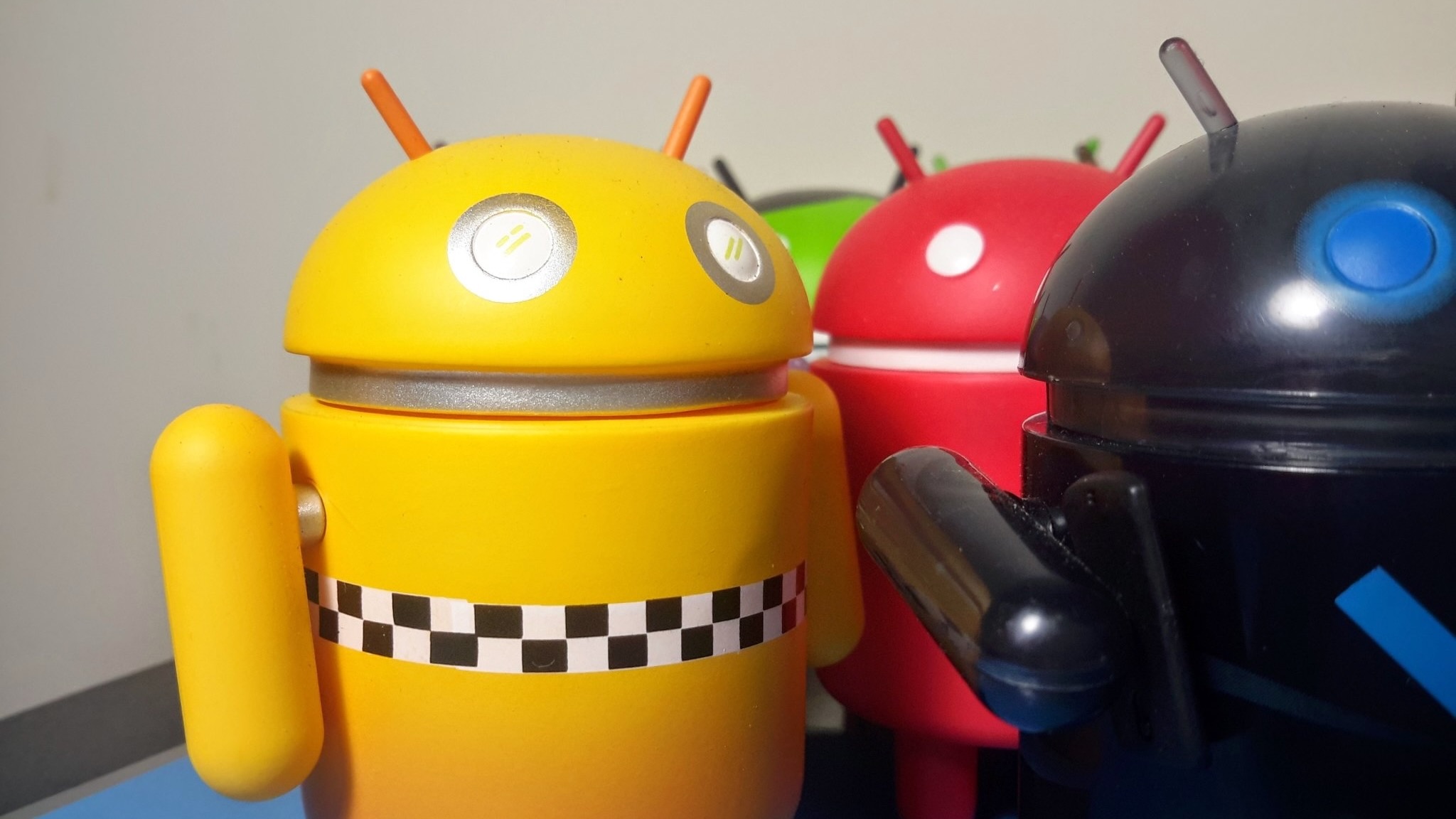Best VR headsets 2025
The best VR headsets for regular gamers are typically Meta Quest 3 and 3S, but we'll break down the many alternatives, both current and future.
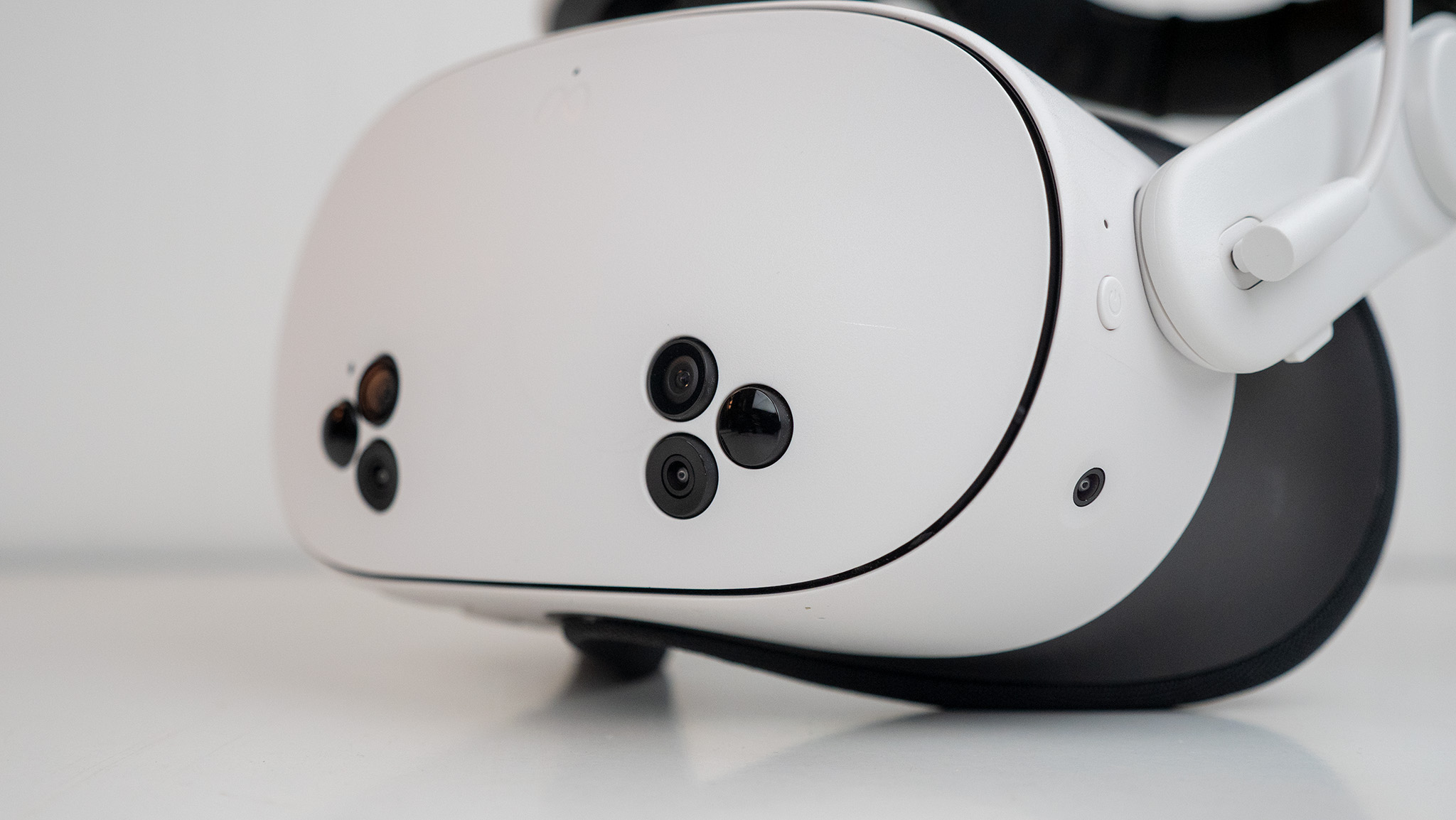
At a glance
1. Best overall
2. Best premium
3. Most affordable
4. Best graphics
5. Best for PC VR
How to choose
When it comes to the best VR headsets, Meta is always my first recommendation. The Meta Quest 3 and 3S hit the right balance between quality and affordability, and it has the largest library of games to enjoy.
That said, Meta Quest is just one of many XR brands, and depending on what type of gamer or VR power user you are, you may want to look into alternatives like PC VR, PSVR 2, or the Apple Vision Pro — even if they cost more.
You should also consider that the best is yet to come. Several XR leaks have hinted at new VR headsets coming in 2025 or 2026 that could blow this current batch out of the water. So as I recommend the best VR headsets, I'll also show the likely alternatives in case you're willing to wait.

Michael Hicks began his freelance tech career in 2016 covering VR for Techradar and Wearable, covering VR film festivals and early VR games. Since joining Android Central, he's reviewed products like the PSVR 2, Meta Ray-Bans, and various Quest games and mods, while analyzing industry news and leaks.
At a glance
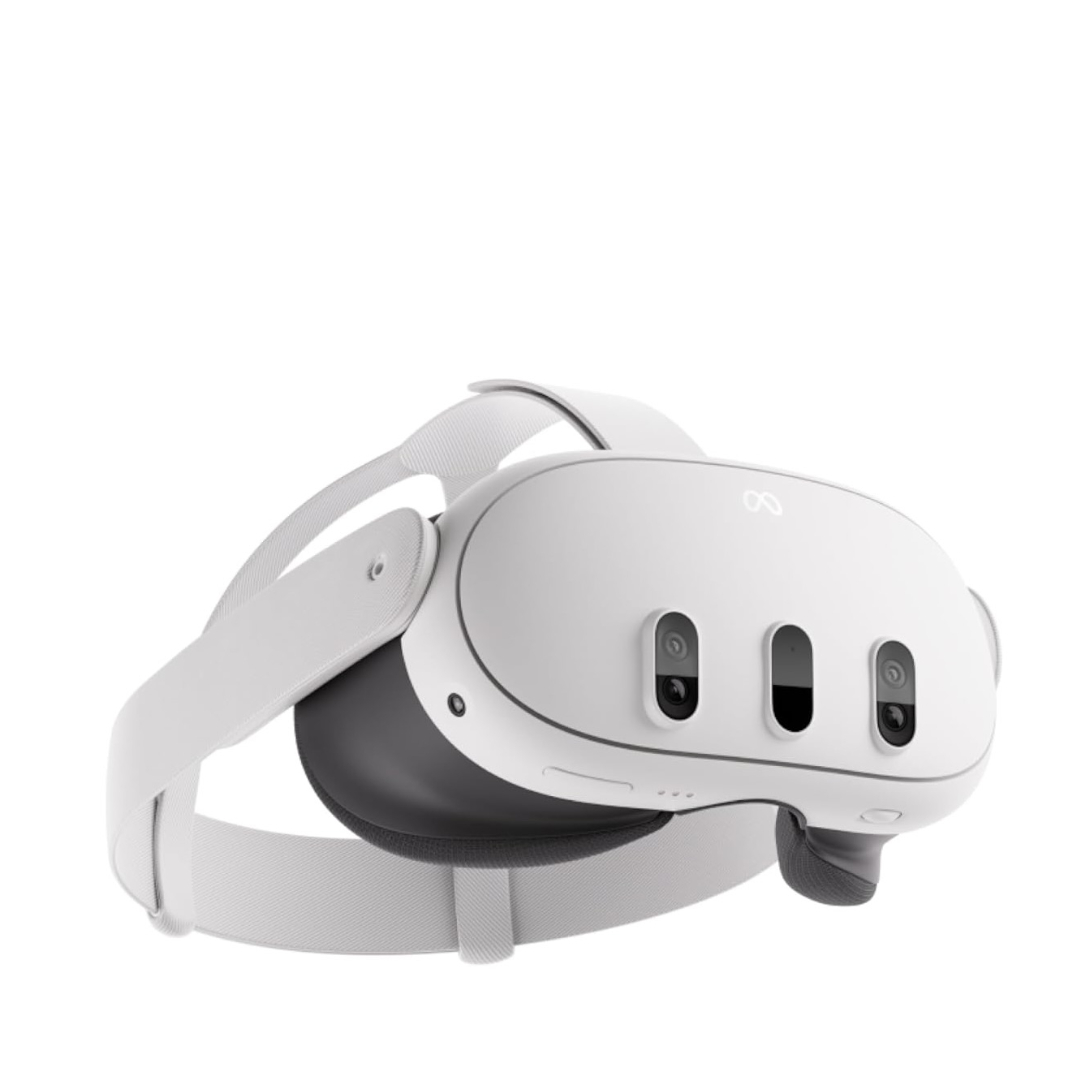
Best overall
The Meta Quest 3 offers both virtual and mixed reality, with twice the Quest 2's graphical power for games and full-color passthrough to your living room.
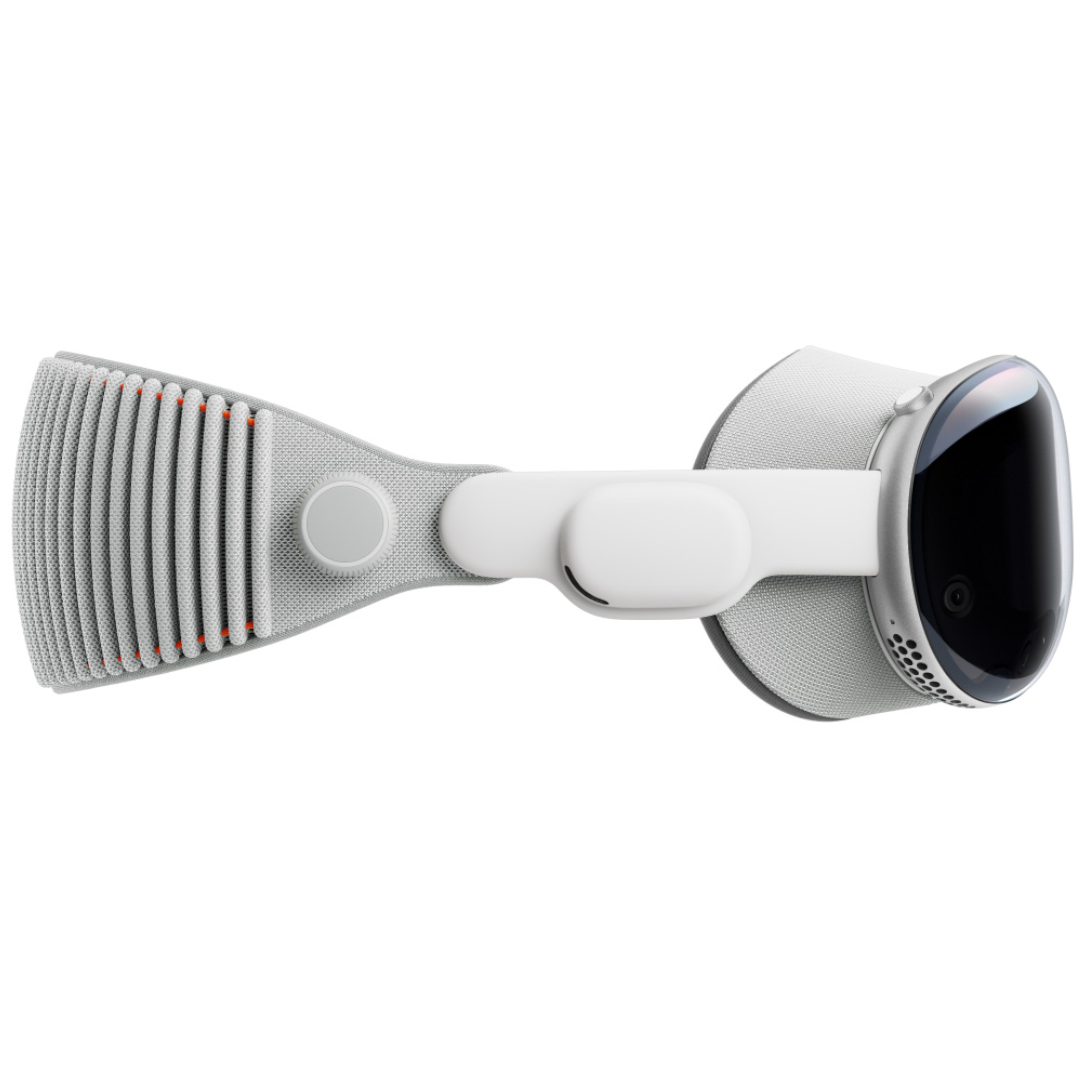
Best premium
Let's say you have cash to spare and want better graphics than the Quest 3 can offer. In that case, the Apple Vision Pro wins the day, with its epic 23 million pixels and powerful M2 performance.
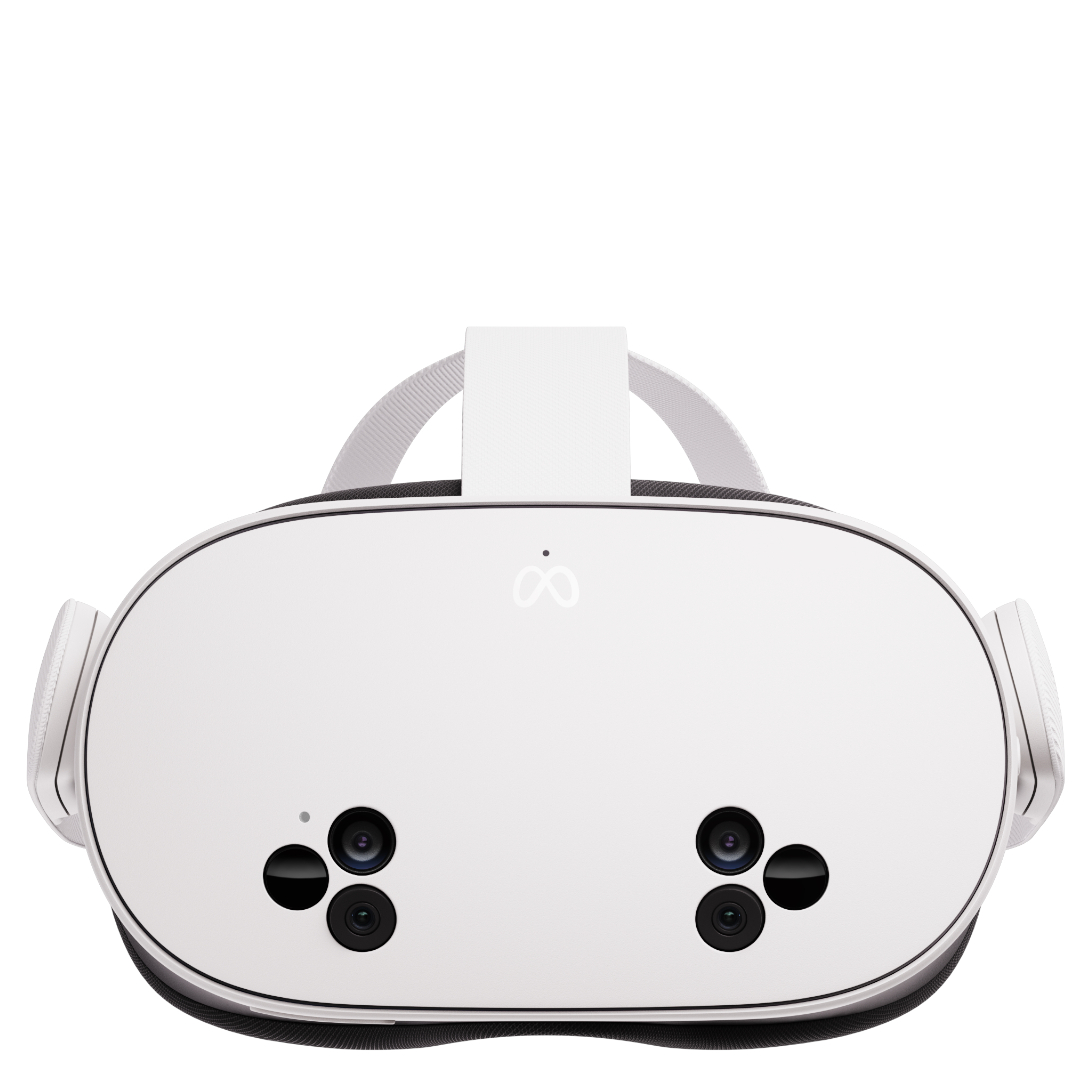
Most affordable
Meta designed the Quest 3S to run the exact same enhanced Quest 3 software for hundreds less. It has some last-gen Quest 2 traits, but it's still a compelling option.
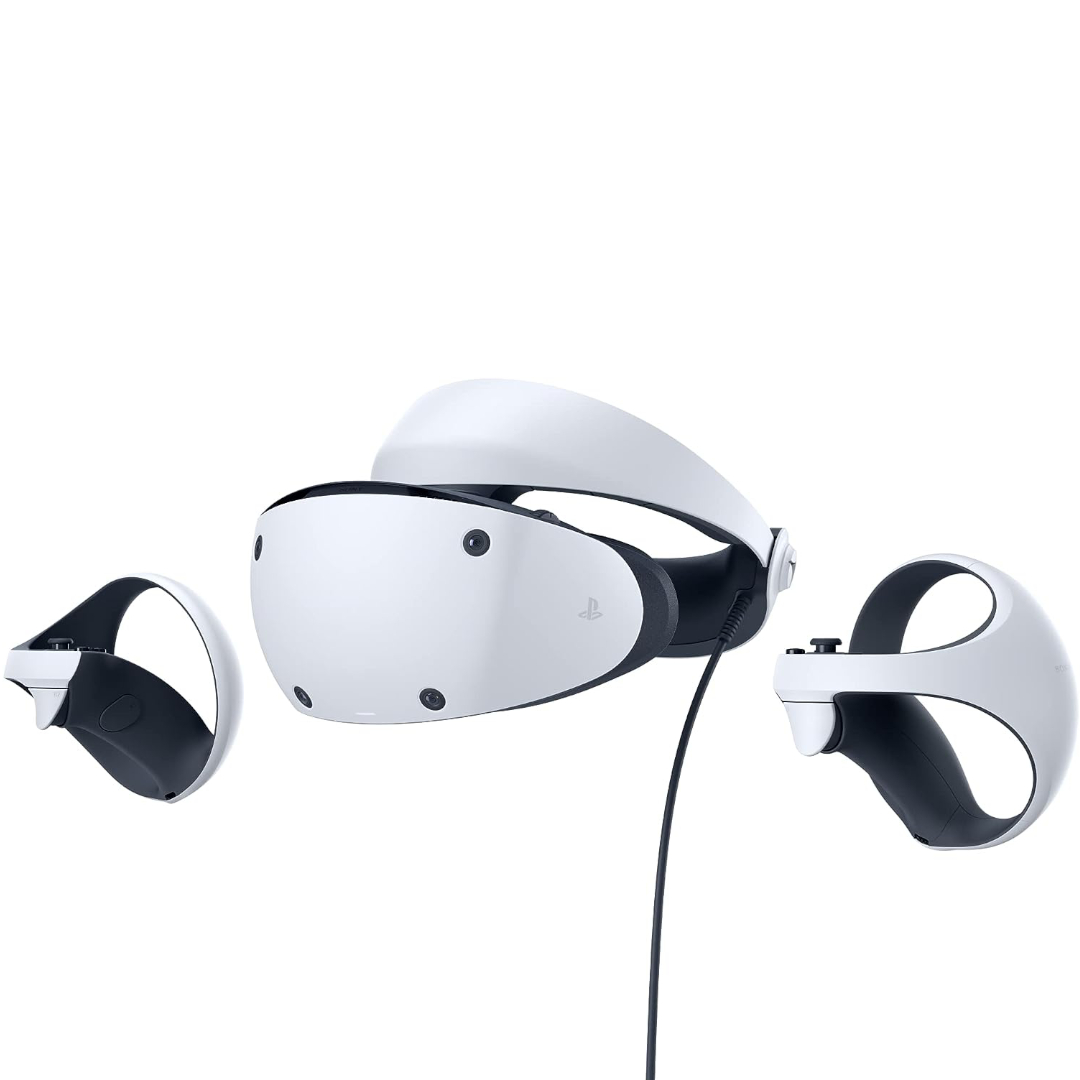
Best graphics
The built-in halo strap, gorgeous OLED display, built-in eye tracking, and the power of the PS5 all set the PSVR 2 apart from Quest headsets, if you can accept the wire.
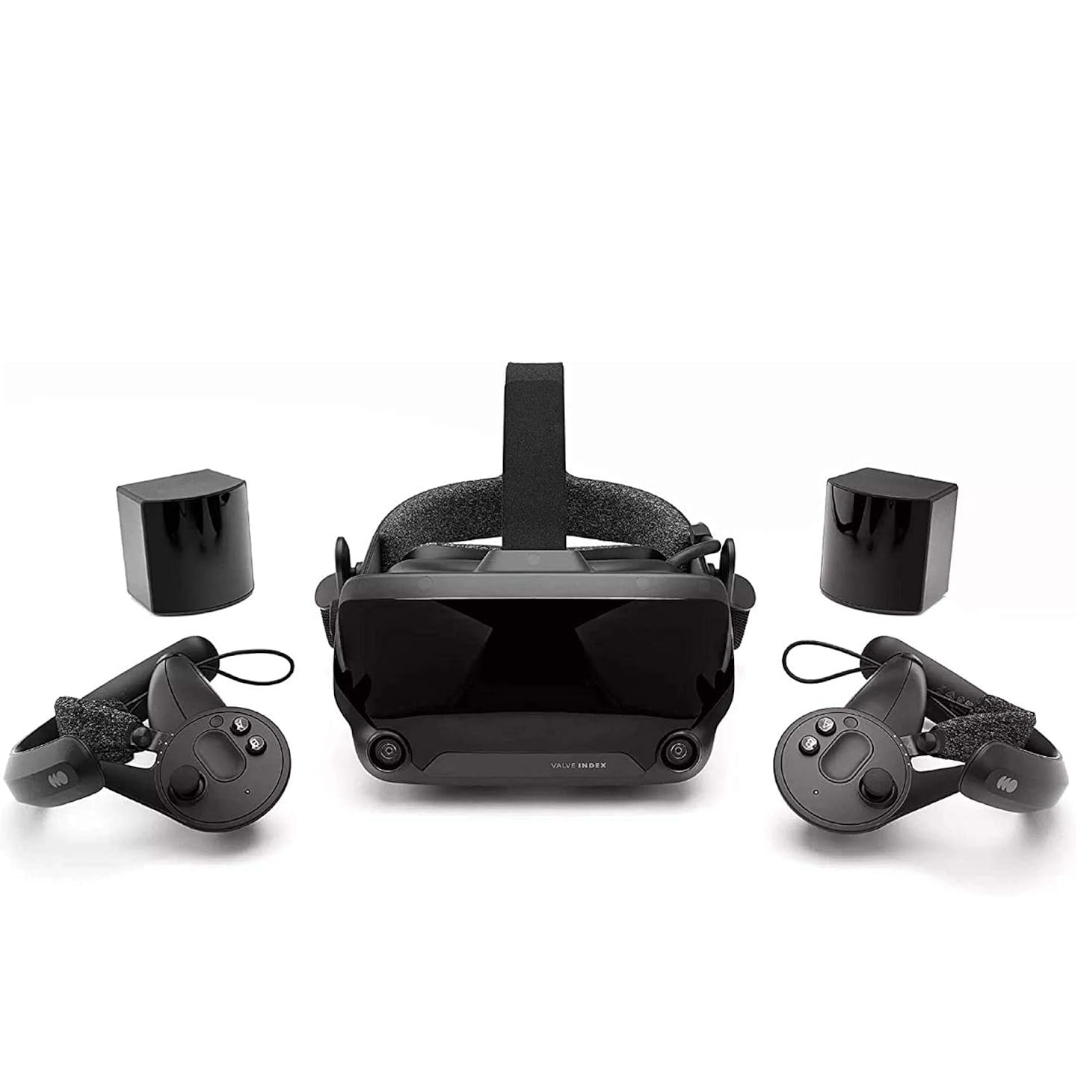
Best for PC VR
Even though it's a few years old, the Valve Index remains popular thanks to its wide and crisp display with ultra-fast 144Hz refresh rate, along with other PC VR perks.
Best overall
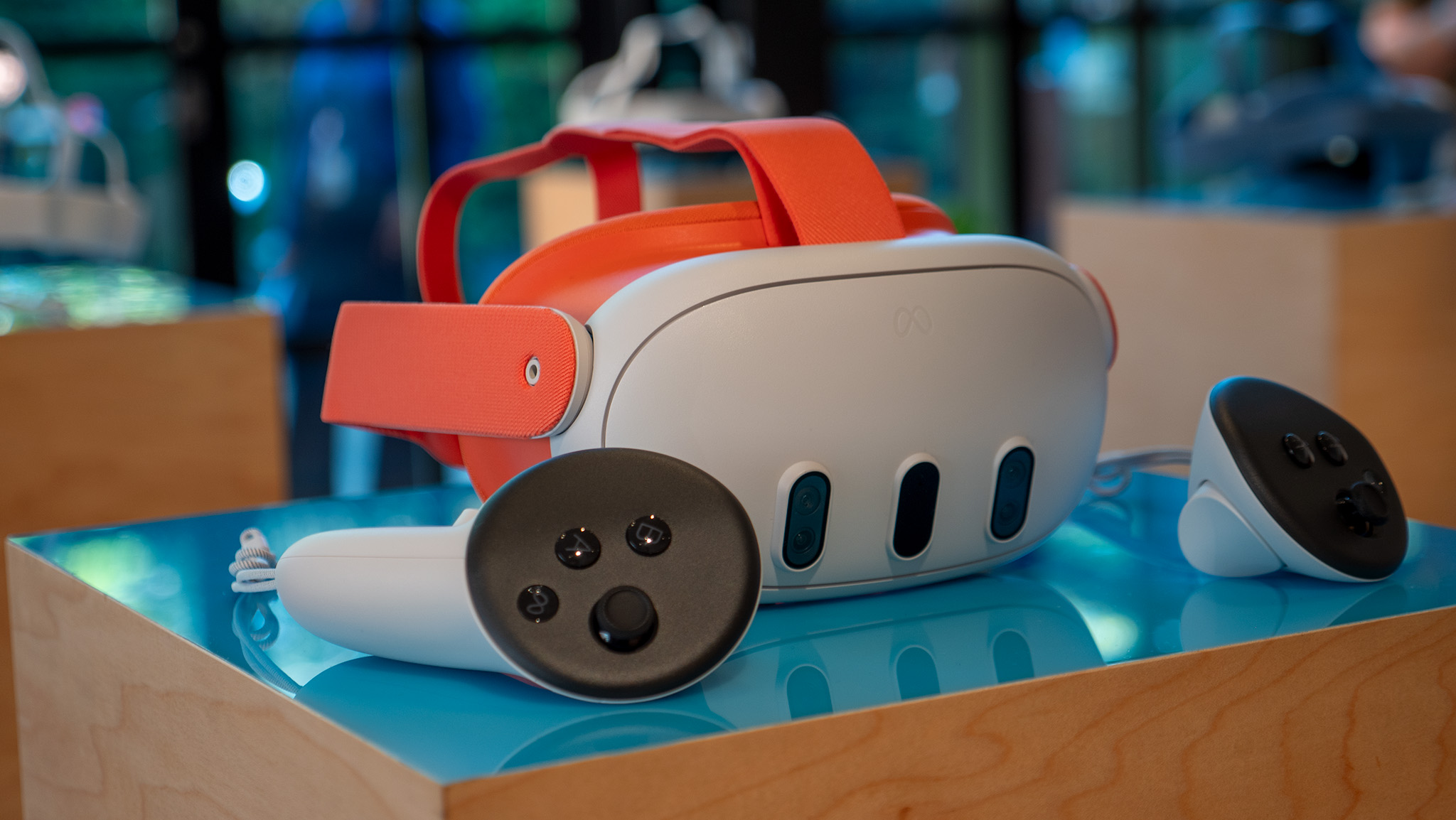
Specifications
Reasons to buy
Reasons to avoid
If we had to recommend the best VR headset to buy in 2025, it would be the Meta Quest 3. Its wireless, all-in-one design means you simply set it up and play, with no PC or console requirement — though you can play SteamVR games from your PC wirelessly — and a massive library of excellent Quest games.
Our Meta Quest 3 reviewer called this "the best VR headset you can buy" in his 2023 review, and no headset in the subsequent couple of years has changed that. It's not that the Apple Vision Pro doesn't have massive advantages — our Vision Pro vs. Quest 3 guide shows how it wins with gorgeous visuals and raw power — but those upgrades aren't enough to justify spending an extra three grand unless you're using a VR headset for much more than gaming.
Why choose the Quest 3 over the Quest 3S? The latter is an excellent option for thrifty buyers, but the Quest 3 has a wider FoV, higher resolution, and better IPD adjustment to match your eye gap perfectly. It's truly "next gen" while the Quest 3S will feel like a Quest 2.5 to long-time users.
Despite that, the Quest 3 isn't perfect. Like all Meta headsets, it has cutbacks to hit a lower price point, leaving it on you to buy Quest 3 accessories like an Elite Strap with Battery to fix the middling cloth strap and sub-2-hour battery life. And you miss out on premium perks like eye tracking.
Why wait? The Meta Quest 4 won't arrive until October 2026, according to leaks; that's a long time to wait, but if you're not in a rush to buy a headset just yet, the Quest 4 could offer a significant performance and visual boost.
Best premium
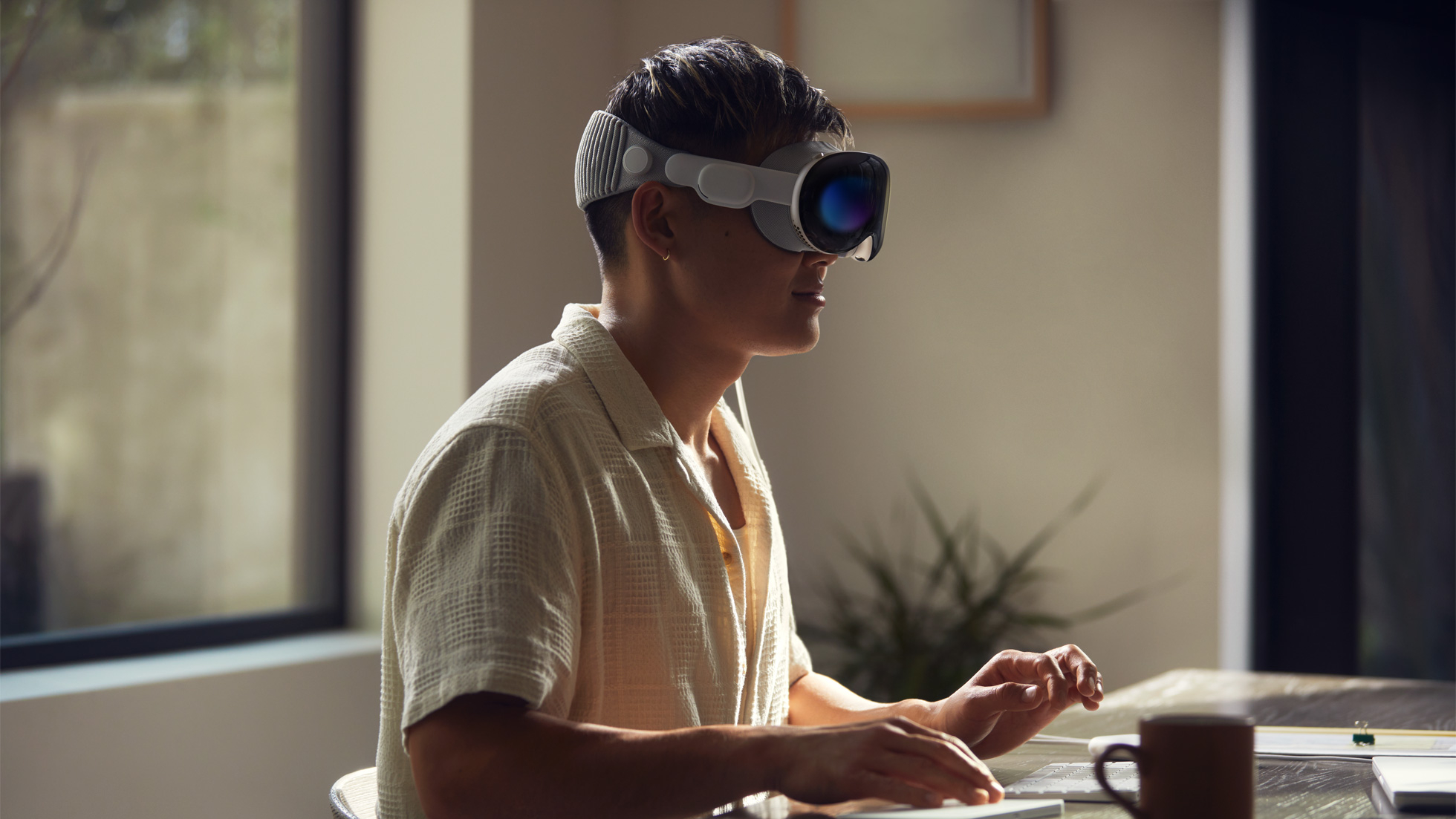
2. Apple Vision Pro
Our expert review:
Specifications
Reasons to buy
Reasons to avoid
The Apple Vision Pro is certainly the most deluxe VR headset available today, and it's in rare company as a VR headset designed for "productivity" instead of gaming. With the Quest Pro defunct and the Quest Pro 2 facing multiple cancellations and delays, Apple's headset is your best current option for working in mixed reality.
Apple's headset offers upsides like immersive mixed-reality apps, a gorgeous display, and powerful performance that no other headset has yet matched. It hits an excellent 34 pixels per degree, while the Quest 3 only hits 25 pixels per degree. The 100º field of view is more pedestrian, making the edges of your vision blurrier than you might expect, but the micro-OLED lenses provide some gorgeous colors that make up for it.
Still, it costs $3,500 plus tax, AppleCare+, and lens inserts. It's truly for specialists and enthusiasts, at least until Apple's rumored second version with a cheaper display becomes available.
We've never reviewed the Vision Pro for ourselves, but we have tested demos on them at XR conventions and came away extremely impressed by the hardware quality. In terms of software, you'll find productivity and creativity apps that make it easier to work in mixed reality than on a Quest, which mostly relies on a browser and has a less robust chipset and less RAM. There are some games, but nothing particularly exciting compared to Quest.
Why wait? The current rumor is that Apple is making two new headsets: an Apple Vision Pro 2 and a $2,000 downgraded version. So if you want a "VR laptop" but can't spend Pro money, it's worth waiting for this hypothetical lesser version that'll still beat others on the market with an MX chipset. Or if you still want the best possiible headset and have money to spare, the Pro 2 could arrive in 2026.
Most affordable
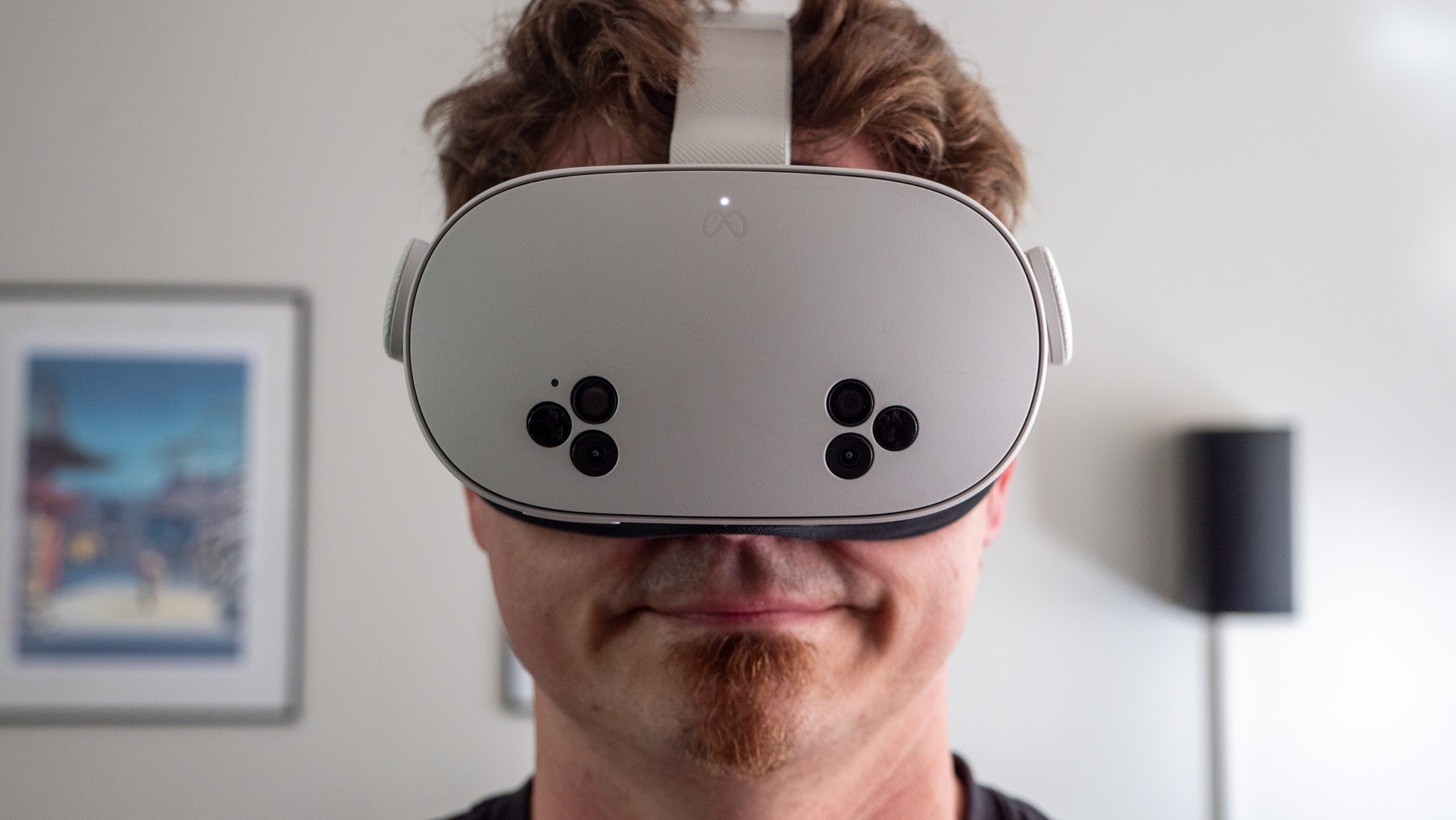
Specifications
Reasons to buy
Reasons to avoid
The Meta Quest 3S is the spiritual successor to the Quest 2. It's faster than the Quest 2 with the same "brain" and "eyes" as the Quest 3 — meaning the new XR2 Gen 2 chip, extra RAM, and full-color cameras for mixed reality — but the same lower-res displays and blurrier Fresnel lenses as the Quest 2. Basically, you're paying to get access to exclusive and enhanced games but not paying for them to look better.
Our Meta Quest 3S review breaks down the compromises you have to accept and the upgrades you'll appreciate, but he notes that the 3S "surpassed all expectations of what a standalone VR headset can be for just $299." You'll still want to buy an Elite Strap with Battery, but since it costs $200 less than the Quest 3, you may not mind this as much.
In fact, when you weigh the Meta Quest 3S vs. Quest 3, the cheaper headset has two upgrades over the older, pricier headset. It has a dedicated button for switching immediately from VR mode to mixed-reality mode instead of having to use a finicky double-tap shortcut that doesn't always work. And it has two infrared illuminators that provide the light necessary for the headset to track controllers and hands in a darker room, where the Quest 3 will struggle with accuracy.
Overall, you may want to spend the extra money on the Quest 3 for its visual boost and quadrupled storage, but the Quest 3S is a compelling option that still lets you access AAA games like Batman: Arkham Shadow and Alien: Rogue Incursion.
Why wait? The current rumor is that Meta will sell a Quest 4 and 4S in 2026. We can't be sure if this is true, but you can theoretically wait another 1.5 years for a cheap-yet-faster headset.
Best graphics
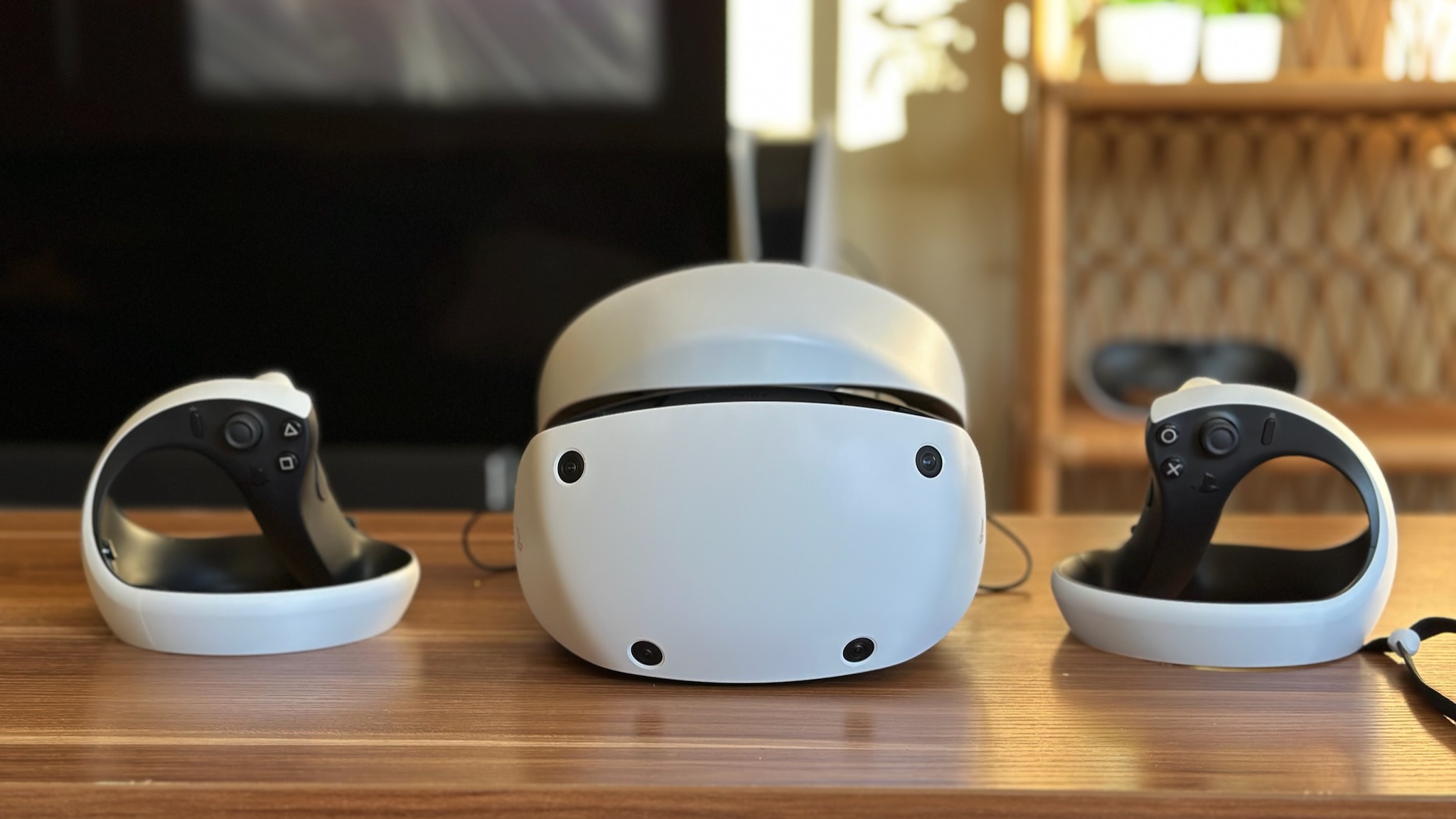
Specifications
Reasons to buy
Reasons to avoid
On paper, the PSVR 2 is an excellent headset that gives the Quest 3 a run for its money, if you already own a PS5 and don't mind a wired experience. In practice, the PSVR 2's post-launch life has disappointed us somewhat, making it a bit harder to recommend this year.
Visually, PS VR2 gives you a 120Hz OLED display with a 110º field of view and a respectable 800 pixels per inch, higher than the Quest 3S (773 PPI) but well short of the Quest 3 (1,218). The OLED display gives you richer colors than an LCD and hits a smooth 120Hz backed by the PS5's powerful CPU cores, but we do wish its resolution was slightly richer, and the fresnel lenses have a noticeable sweet spot that the Quest 3's pancake lenses lack.
Our PS VR2 review explained that the headset is quite comfortable thanks to the adjustable halo strap, but the cord from the PS5 draped on the user's back takes some getting used to. We appreciated the button to switch into B&W passthrough mode at the time, but the Quest 3 arrived later that year with full-color passthrough, making this latter perk less special.
Directly comparing the PSVR 2 vs. the Quest 3, Sony's headset has the upside of the PS5's raw power, enabling AAA experiences like Horizon Call of the Mountain and VR ports like Resident Evil 8 and Gran Turismo 7. Otherwise, aside from these few exclusives, the PSVR 2 mostly has ports of Quest titles, so the experience isn't that different.
We noted on the PSVR 2's one-year anniversary that the number of exclusives has disappointed us compared to the original PSVR; since then, Sony laid off a number of people from its London and Firesprite studios that had been working on VR titles. That makes us less than enthused about Sony's lack of commitment to its VR headset. Still, Sony had permanently dropped the price from $549 to $399, making it more tempting if you can accept a wired experience.
Why wait? We don't think Sony will make a PSVR 3 anytime soon, so your only reason to hold off on the PSVR 2 is if you decide that you'd prefer a wireless experience like the Quest 3.
Best for PC VR
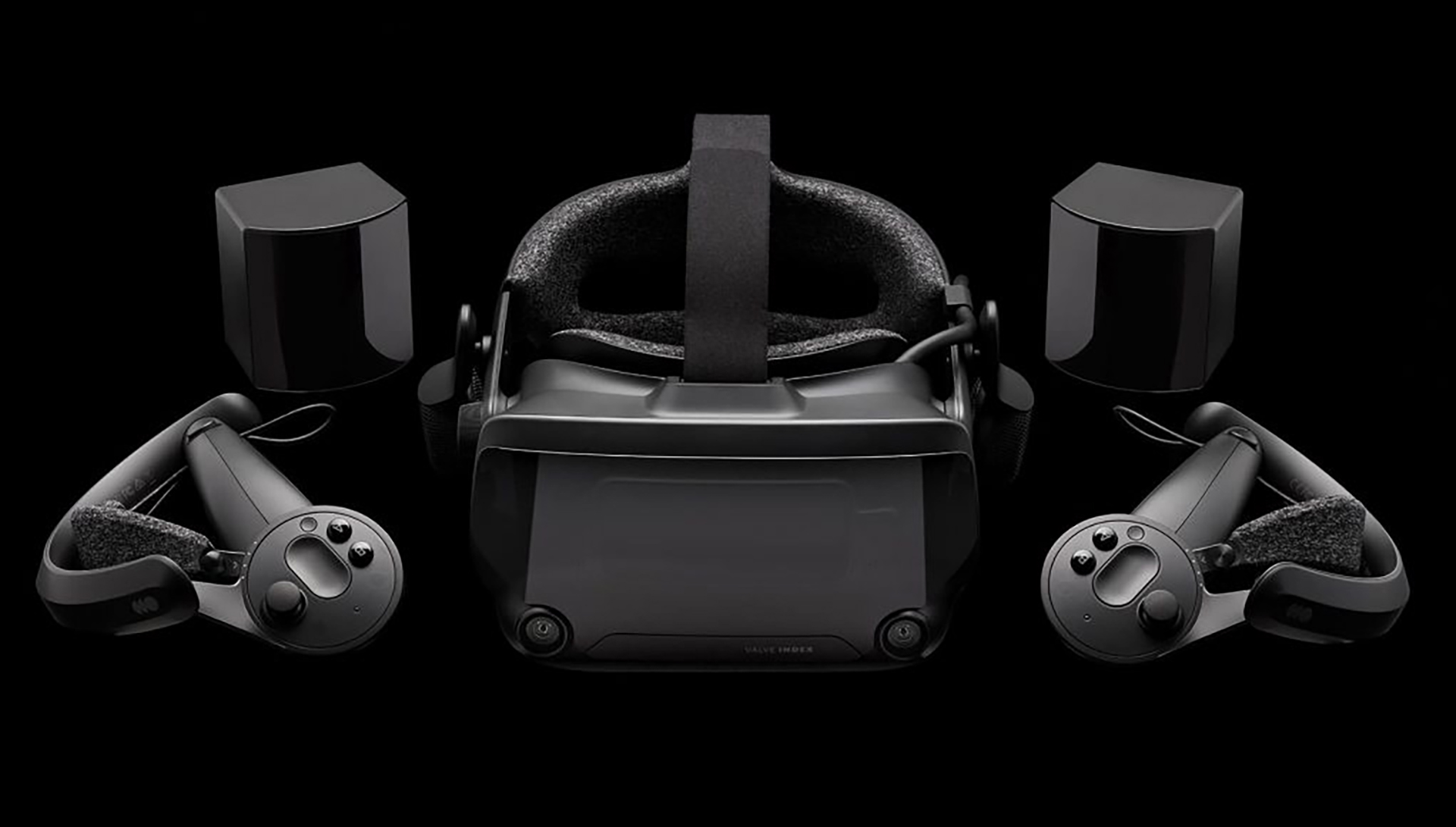
5. Valve Index
Our expert review:
Specifications
Reasons to buy
Reasons to avoid
We prefer wireless VR headsets wherever possible, especially since the Meta Quest 3 can connect wirelessly to gaming computers for PC VR. Still, if you look at the monthly Steam survey, you'll note that only the Valve Index can compete with Meta for PC VR gaming. That's for a good reason.
The Valve Index came out in 2019, and while some aspects of it are dated, others were ahead of its time. For instance, its field of view and refresh rate trump what newer headsets offer, and its controllers offer a cool finger-tracking mechanic that other headsets may not offer. While newer headsets rely solely on inside-out tracking, the Valve Index's base station tracking certainly works well enough if you play VR games in one specific space.
You also benefit from direct access to the SteamVR interface, whereas the Quest 3 accesses it through an intermediary app. That said, there's a reason why the Steam Hardware Survey shows the Quest 2 and 3 above the Valve Index: You can use Air Link to play PC VR games like Half-Life: Alyx wirelessly.
Why wait? Credible leaks indicated that a new Valve headset codenamed "Deckard" will arrive in 2025 that's essentially a VR version of a Steam Deck — meaning it'll be both wireless and standalone while still playing PC games. Even though the Valve Index remains one of the best for people who already have it, we'd strongly recommend holding out for this new headset.
How to choose
How to choose between the best VR headsets
Why you can trust Android Central
Ultimately, the Meta Quest 3 is the best VR headset you can buy, regardless of whether you own a PC or a console, because the Quest 3 doesn't need another device to offer an immersive experience. The lack of a wired tether makes it easier to forget that you're in your living room.
The PSVR 2 and Valve Index are fully reliant on a PS5 or PC, respectively, and the Apple Vision Pro is meant to be used in tandem with other Apple devices like a MacBook or iPhone. The Quest 3 is our first choice because it doesn't require as much setup to enter a virtual world, with the Quest 3S as a viable alternative because it offers the same perks for less.
Still, you should keep the following points in mind when deciding:
- Look at the specs and decide if the resolution is high enough.
- Decide whether you can stomach a constant wire or tether while playing
- How long do you think you'll spend in VR at a given moment? If it's longer than two hours, you'll need to be ready to spend extra on battery enhancements.
- How much are you willing to spend on accessories? Plan in advance if you're able to spend more on a strap, improved facial cover, prescription lens inserts, controller covers, and more — this may make you lean towards a cheaper headset.
- Which games do you most want to play? Are you looking for premium PC VR experiences, PS5 exclusives in VR, Quest exclusives, or simple experiences like Gorilla Tag?
Of course, the best VR headset for you might not even be out yet. We'll break down your future options in the next section, in case the Quest 3 doesn't appeal to you.
Best upcoming VR headsets
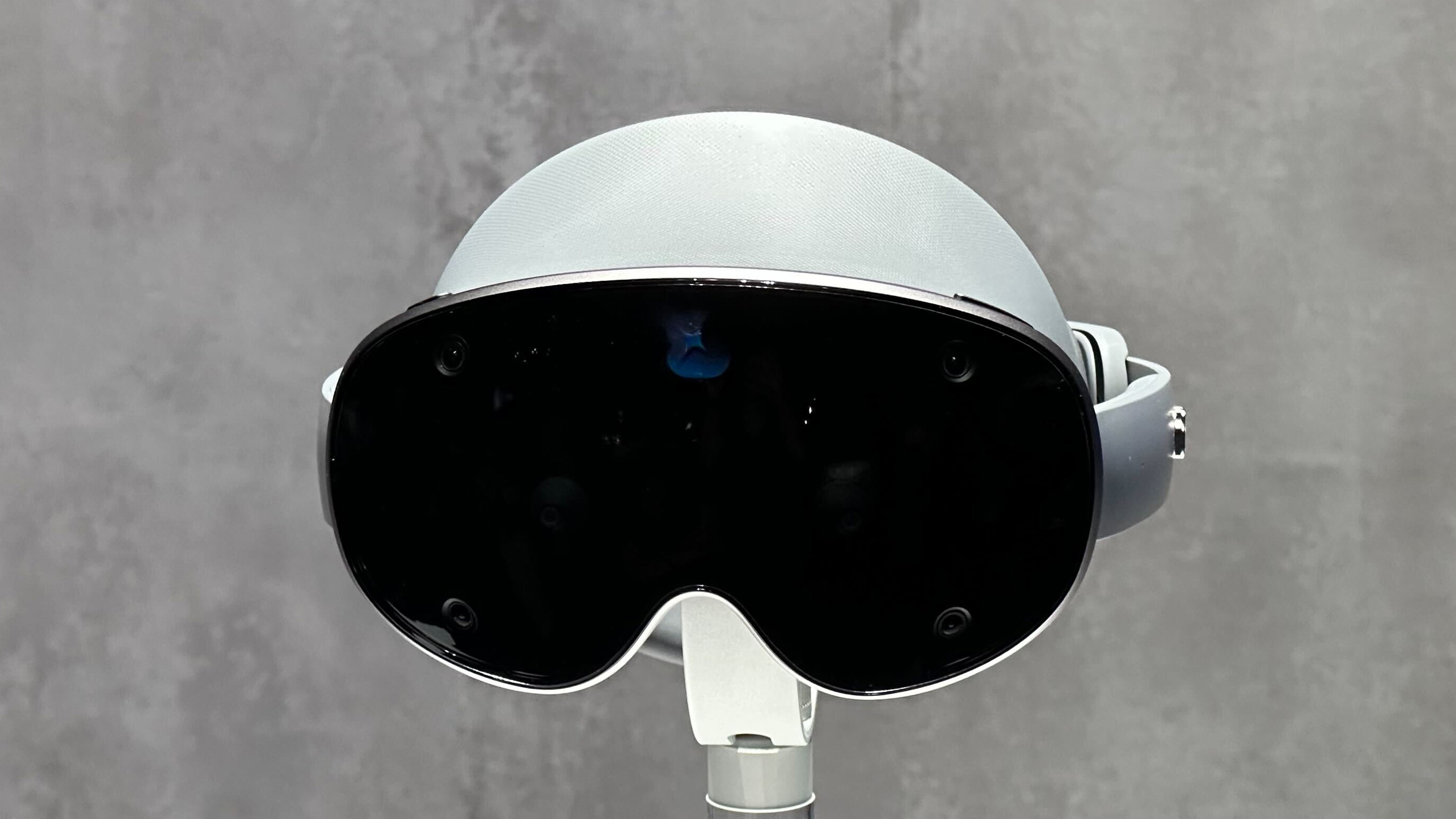
We've written in the past how we're excited by several VR headsets coming in 2025 as we wait for the Quest 4 and Quest 4S in 2026. It should give you several more options to consider, both for gaming and productivity.
Meta has licensed out its Horizon OS to third parties, promising an "all-new performance gaming headset" from ASUS ROG and "mixed reality devices for productivity, learning, and entertainment" from Lenovo.
We don't have hard release dates for either yet, but the ASUS headset is allegedly codenamed Tarius and will have eye/ face tracking, displays with µOLED or LCD with local dimming, and a possible memory boost, and it should ship relatively soon.
While we wait for a new, cheaper Apple Vision headset, the Samsung Project Moohan headset is tapped to arrive in the second half of 2025, allegedly sporting Sony-made micro-OLED displays that beat the Vision Pro's resolution by almost 2 million pixels per eye, as well as the Snapdragon XR2+ Gen 2 chipset. This headset should be quite expensive, but maybe less expensive than Vision Pro.
This headset will use Google-made Android XR software, and while Samsung is the biggest partner, we could see other VR headsets packed with Google software and OpenXR games in the future.
Otherwise, the aforementioned all-in-one Valve Deckard headset has us very excited. Yes, the current rumor is that it'll cost $1,200, well above the Quest 3, but Valve is allegedly selling it at a loss with premium hardware and new Valve-made games that may return us to the Half-Life universe.
Be an expert in 5 minutes
Get the latest news from Android Central, your trusted companion in the world of Android

Michael is Android Central's resident expert on wearables and fitness. Before joining Android Central, he freelanced for years at Techradar, Wareable, Windows Central, and Digital Trends. Channeling his love of running, he established himself as an expert on fitness watches, testing and reviewing models from Garmin, Fitbit, Samsung, Apple, COROS, Polar, Amazfit, Suunto, and more.
- Nicholas SutrichSenior Content Producer — Smartphones & VR
- Danny GallagherFreelance Writer, VR/AR
